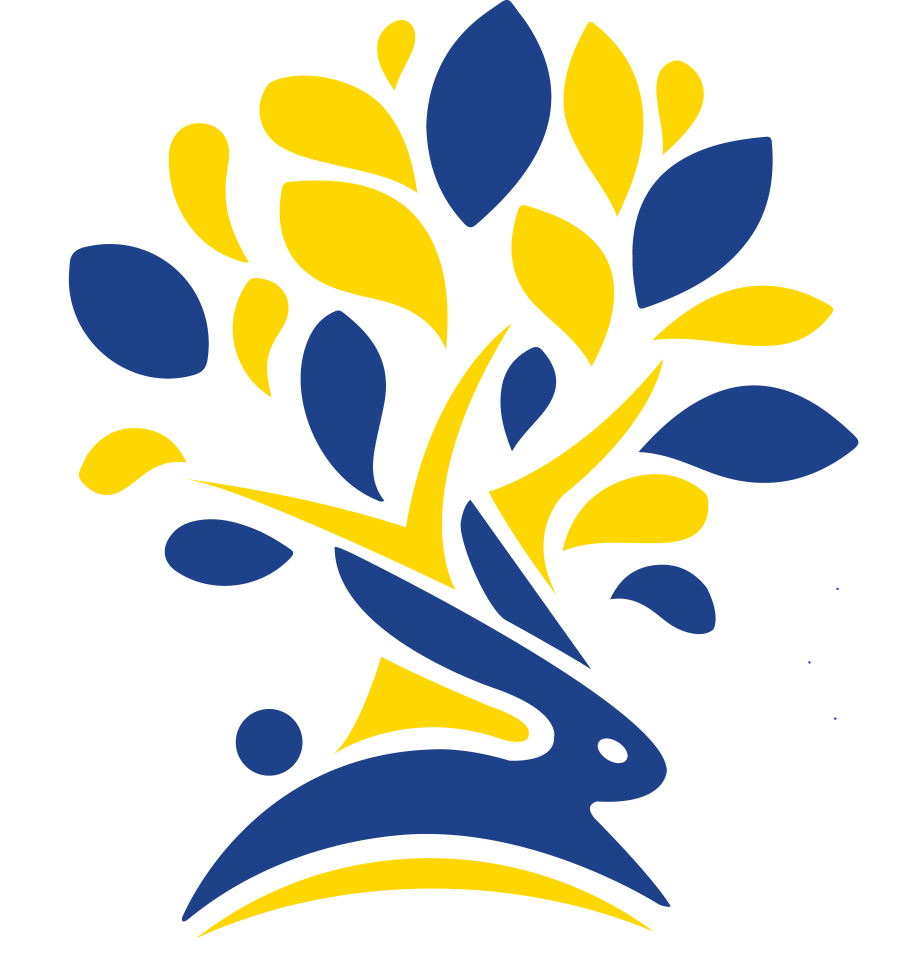Art and Design
Welcome to our Art and Design Curriculum
At Cuddington Croft, we want to inspire our children to be excited by Art and Design, to ask inquisitive questions and to have the confidence to explore with different art skills and mediums in order to develop their self-exploration and creativity.
Our Art and Design Intent
Art and Design is taught using a knowledge and skills-based approach. We believe that this chosen approach will build a solid foundation for the children to acquire a range of art skills, as well the confidence to apply them in different contexts as they journey through their time at Cuddington. Our Art and Design curriculum both challenges and inspires children while also equipping them with the skills and techniques needed to experiment, innovate and craft.We feel that Art and Design is an important aspect of our wider school curriculum and offers self-exploration and our 6C Creativity through building upon key skills and knowledge. Our curriculum is designed to enable children to learn by making connections between the work of artists, architects and designers (which they study critically) and their own work, which they evaluate and relate back to the works they have studied. We will provide meaningful opportunities for self-expression and the children’s individual responses are woven through our curriculum, giving children space to learn who they are as an artist.
Implementation – how is Art and Design planned and taught?
At Cuddington, we teach Art and Design using the Primary Knowledge Curriculum. Every year group will teach a skills-based unit usually in the Autumn term, that provides a foundation except for Year 6 who have a consolidation unit. The children will cover additional units which build their knowledge of artists, art genres and their application of artistic skills. The examples of these other units include needlework, sculpture, printing as well as the ongoing drawing and painting skills.
Our curriculum focuses on the different concepts in art and different types of art. Our children will explore...
-
Concepts in art which means the different elements of art. E.g. line, shape, colour, tone, form, space, visual texture and tone.
-
How an artist combines these elements and produces art in different styles. E.g. realistic or abstract art.
-
Different types of art which means the different media used to make art. E.g. sculpture, architecture or painting.
-
Different subject matter. E.g. portraits, landscapes or history painting
-
Different artistic movements, historical periods or geographical cultures. E.g. Impressionism and Anglo-Saxon art.
Our curriculum provides for gradual progression in terms of skills (split into painting, drawing, 3D form, collage, textiles, printmaking, photography and mixed media), introducing the children to a diverse range of materials. The structure of the planning allows for progression of processes in art, both in terms of critical analysis of others’ art and observation, exploration and evaluation which is needed for the children to create their own art. Our lessons encourage the children to understand the importance of learning and practising processes.
In our Art and Design lessons, we use the structure of Rosenshine’s principles to underpin our teaching. Time is spent at the start of lessons recapping prior learning and vocabulary. Each Art and Design lesson taught has a knowledge learning objective and success criteria, ensuring that children are aware which specific art skill they are learning in that session. Teachers will both lead discussions and model practising art skills to children and they will use their personal Art and Design sketchbook to experiment for themselves.
As well as termly based learning, we also provide an enrichment week each year based around either an artist of theme from art and design, this allows children to work on art for longer periods, to develop skills with a wider range of media and materials and to involve adults and artists to work alongside the children too.
Impact – how do we show progress?
Our curriculum will enable our children to fulfil the requirements of the National Curriculum and seeks to show how art shapes our history and contributes to our culture. Our children's sketch books are used as a portfolio of evidence and are kept by the child throughout their time at Cuddington Croft. Sketch books demonstrate evidence of the children practising and building upon taught skills. When discussing and exploring a range of different artists and their artwork, sketch books will often be used for children to record their ideas, reflections and opinions which will enable them to refer back to and use this when creating a final piece of artwork.
When our children leave Cuddington Croft, a good learner in Art and Design will..
Have a good understanding of how art and design both reflect and shape our history, and contribute to the culture, creativity and wealth of our nation.
Have a positive attitude towards art/design and are curious to learn more and engage in self-exploration.
Be able to plan their work and possess control over different art/design techniques.
Think critically about their own and others’ work, justifying their choices and reflecting on how to improve.













